Often described as the ‘stitching in the patchwork quilt of the English countryside’, hedgerows are a defining feature of our landscape. Originally planted to mark boundaries and provide shelter for livestock, these ecosystems have been in existence for thousands of years, with the earliest fragments dating back to the Bronze Age.
Many more date back to the Early Middle Ages when dead hedges (interwoven poles or brushy cuttings stuck in the ground) are thought to have been in use before Domesday and are known to have been built to fence in deer from the start of the Tudor period.
The English landscape is much the same as it was hundreds of years ago and in turn support a part of our history. But hedgerows hold a lot more than history.
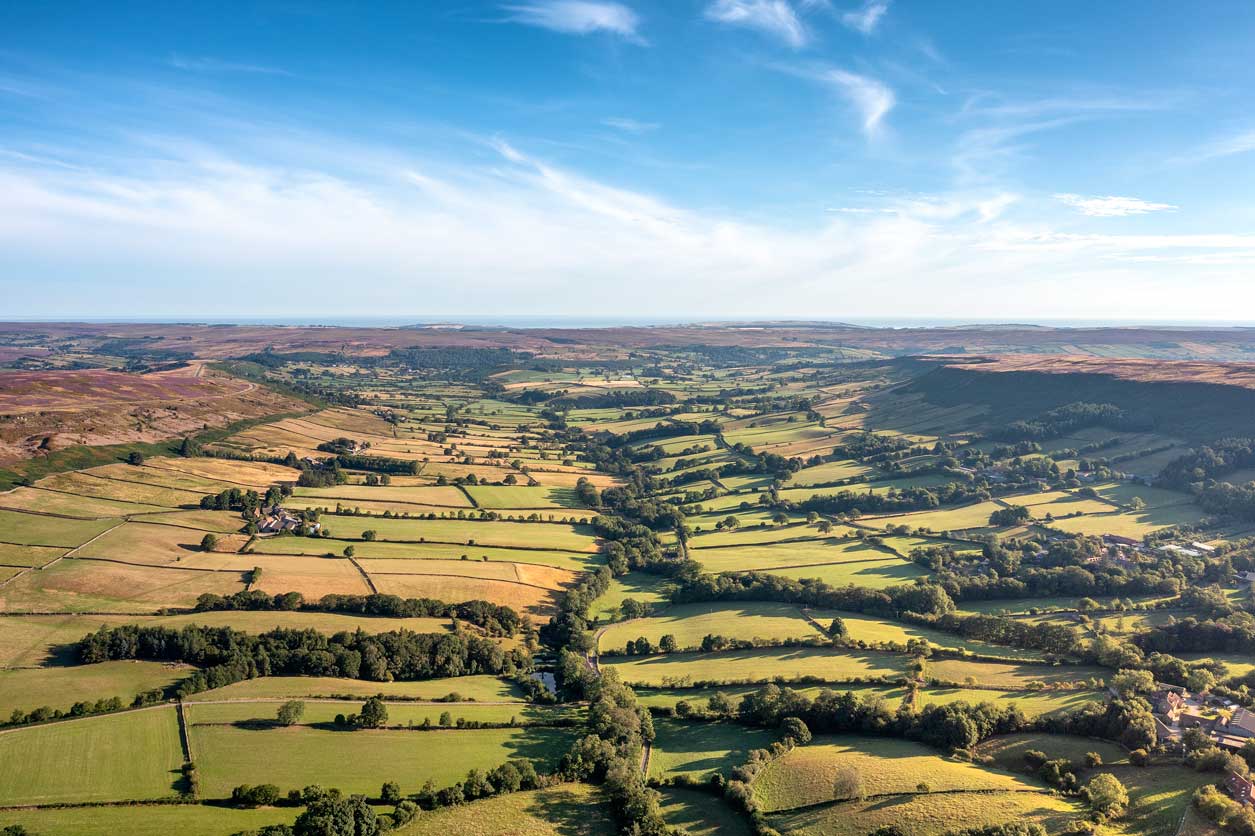
Hedgerows serve as custodians to the land and wildlife that live there. Not only do they break up open spaces, but they help conserve soil by acting as windbreaks and absorb rainwater that would otherwise be washed from the fields. Rich hedgerows are filled with a diverse mix of woody shrubs and climbers, with varied flowering and fruiting times, providing a haven for wildlife and insects, which help pollinate crops.
They act as corridors for wildlife to travel through to eat or breed, thereby increasing biodiversity. And, like trees, hedgerows store carbon dioxide, it is estimated up to 13 million tonnes across the UK, putting them at the frontline of the climate crisis.
The secret life of hedgerows
Rural hedgerows are often a mix of shrub and tree species, such as hawthorn, blackthorn, hazel, ash and oak. They are home to a variety of wildlife ranging from minute insects such as caterpillars and bees to, dormice and hedgehogs, toads and birds including bullfinches and thrushes.
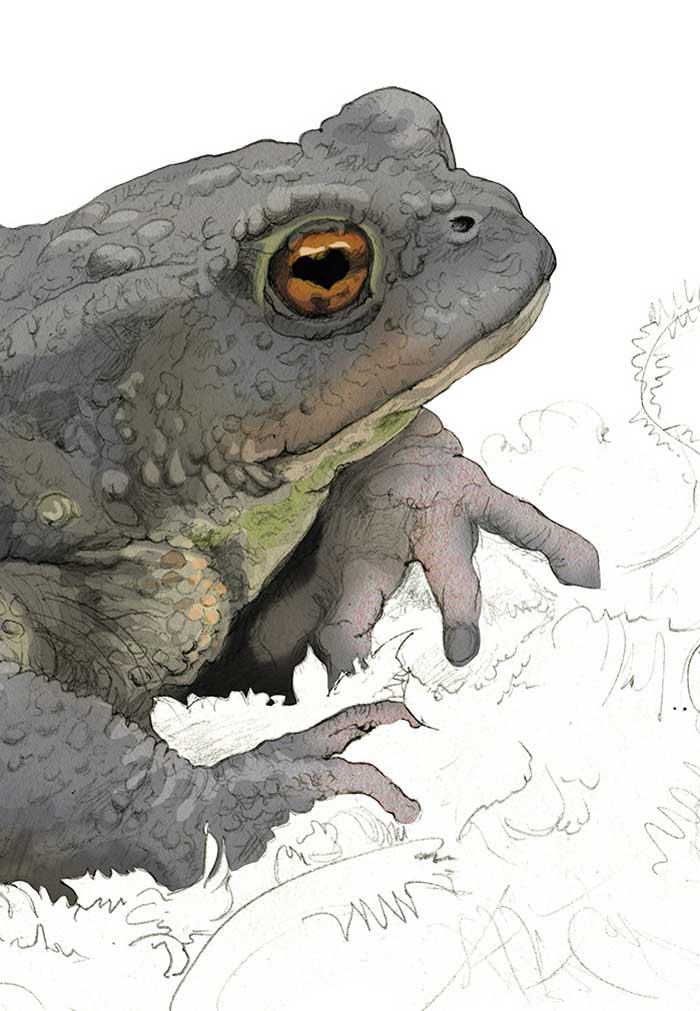
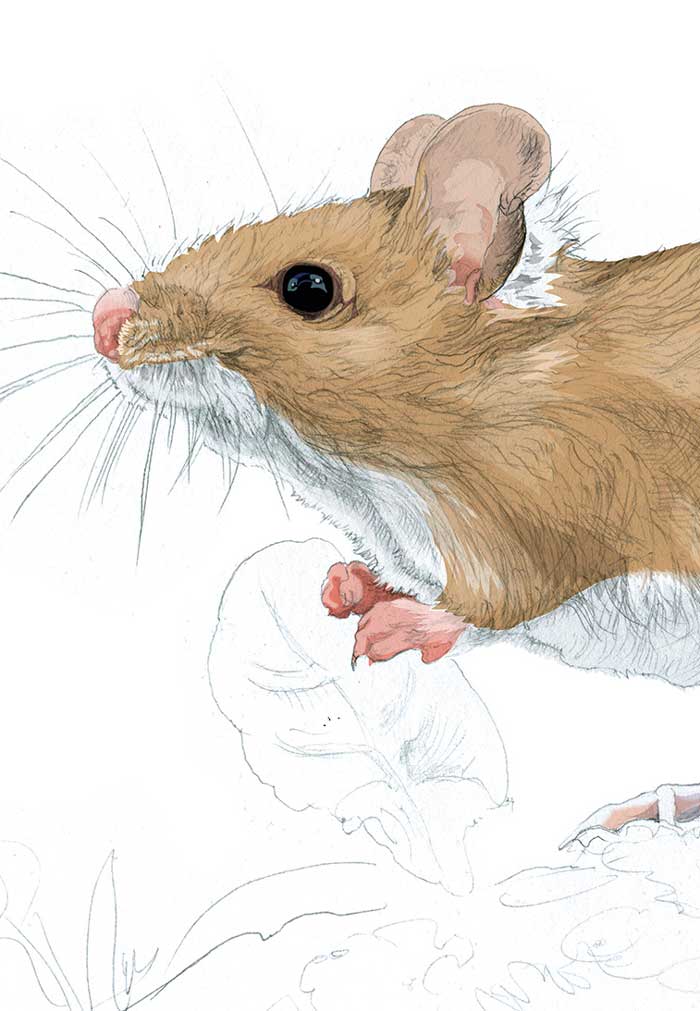
To house such a wealth of life requires management. A properly managed hedgerow is thick and tangled, a scruffy magnificent mess! Hedgerows need some cutting and maintenance as they grow to avoid becoming a line of trees.
Trimming should occur every three years to allow areas of forage and rougher structure available for wildlife to use, allowing the hedge to gradually increase in size as it develops height and more complex structure. As hedges mature, the lower growth can start to thin out. As this happens trimming should be ceased for a period of three to five years to allow the hedge to put on tall straight leaders to enable it to be laid. Laying a hedge removes much of the mass, but creates a tight complex structure through the lower hedge from which future shoots will grow as the trimming and cutting regime is resumed.
The post war era saw hedgerows removed in favour of the pursuit of maximising production; wanting larger fields or suffering through neglect. Neglect is now seen as the biggest enemy of the hedgerow. But with low cost and uncomplex management, along with government incentives to increase hedgerows by 40% as part of measures against the climate emergency, the tide is turning.
Hedgerows in the North York Moors
Hedgerows are a vital component of the National Park landscape, having defined land management boundaries and structures for centuries. The North York Moors National Park Authority has a long history of offering grants to incentivize the planting and subsequent management of hedgerows.
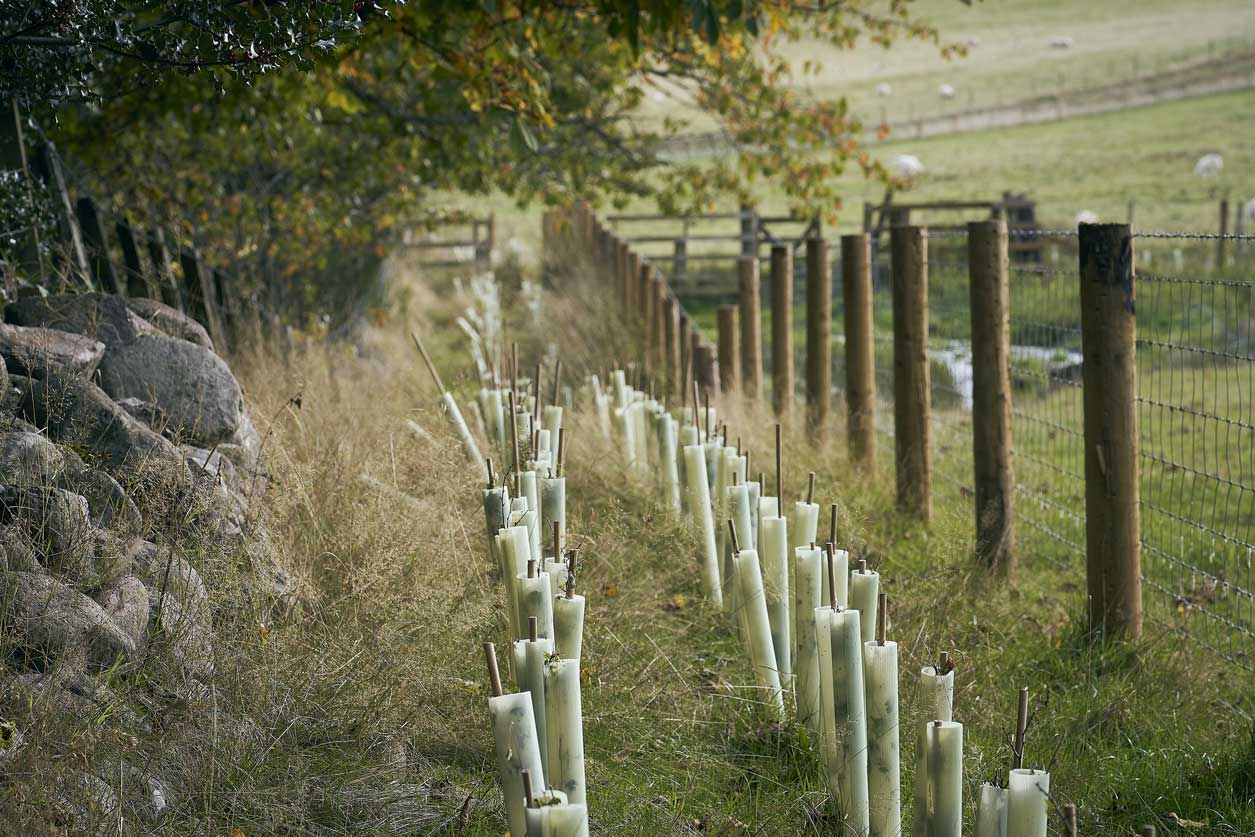
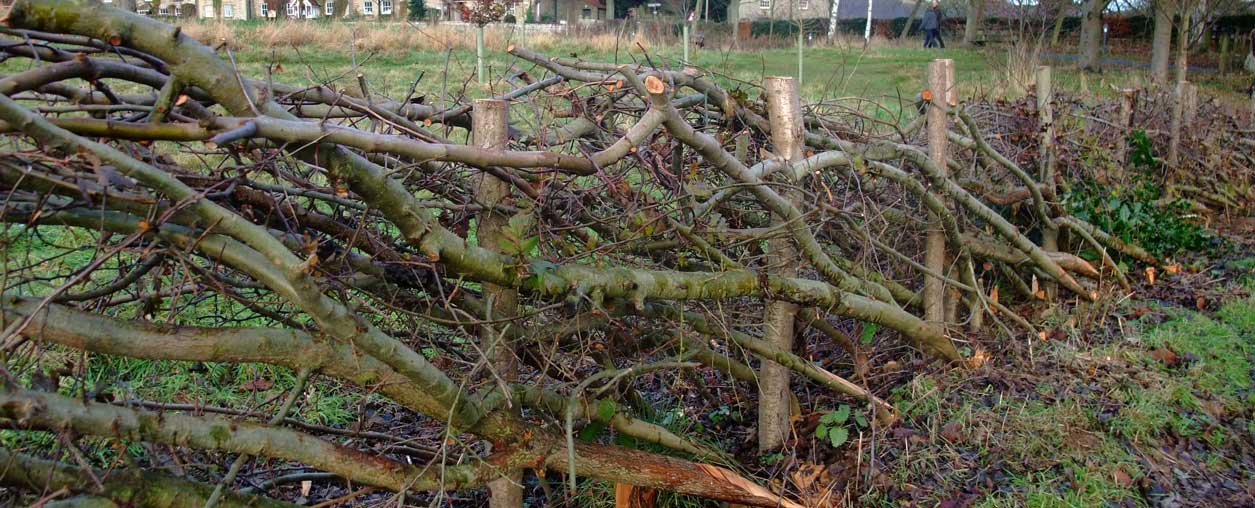
In 2013, the North York Moors National Park Authority established its Traditional Boundary Fund to provide grant assistance to farmers and land managers towards the costs of rebuilding drystone walls and planting or restoring hedges that are unlikely to be restored under existing national agri-environment schemes. Today, farmers and land managers are encouraged to apply with grant windows open annually.
Learn more about our Traditional Boundary Fund
The Farming in Protected Landscapes Programme launched in 2022 (funded by DEFRA) has grant aided the planting/restoration of approx. 18,000m of hedgerows. The Scheme runs for a further two years.
Learn more about the Farming in Protected Landscapes Programme
